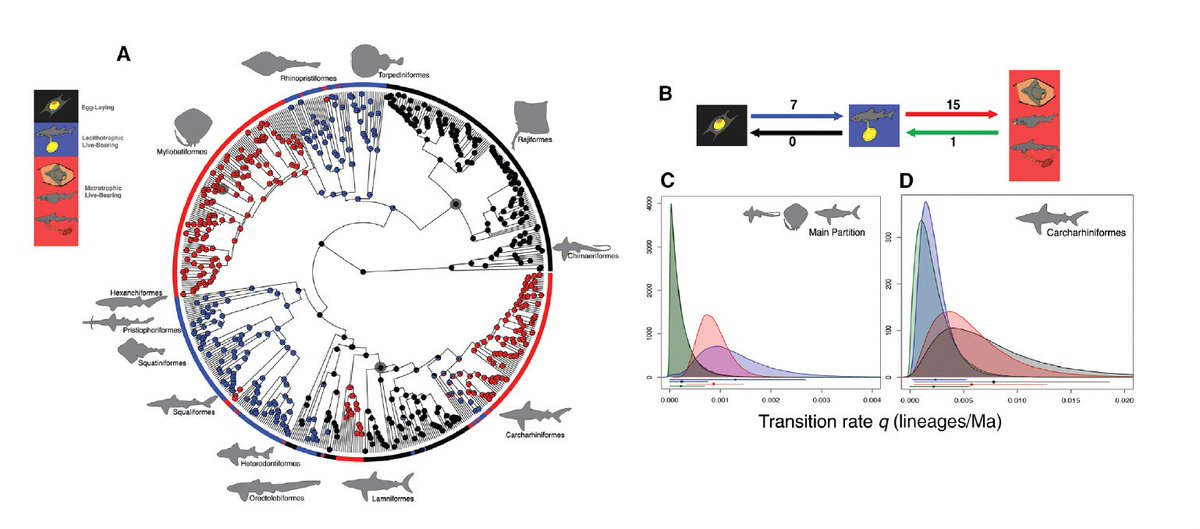
Nicholas Dulvy
@NickDulvy
Secures a living for fishes & fisheries; especially sustainability for sharks, rays & chimaeras. Global Shark Assessment findings: https://t.co/wcqPoUlQGS
ID:410232198
http://www.dulvy.com 11-11-2011 20:37:47
27,3K Tweets
8,4K Followers
5,4K Following
Follow People

They’re here! 🥳 Very excited to welcome #PhD students from IPB PKSPL IPB ~ funded by our Biodiversity Challenge Funds project on incentive-based approaches in SSFs ~ on a 2-week exchange visit to Oxford Biology MCEM Oxford 🇮🇩🇬🇧🦈💙


The IUCN Red List is a critical indicator of the health of the world’s #biodiversity . 🦈 🐢 🐅
Learn about how it works, who uses it and more bit.ly/3eOFoe5 @IUCN
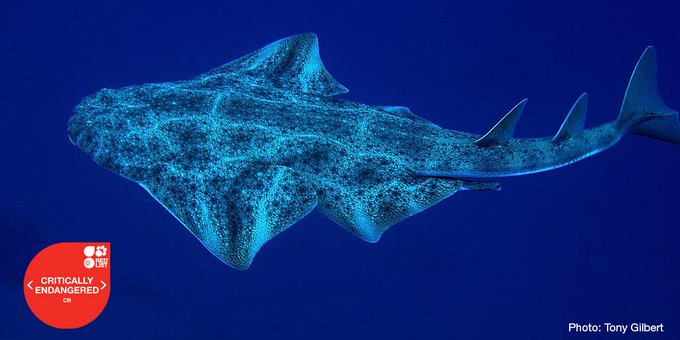
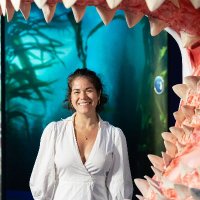
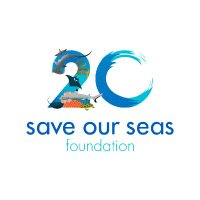

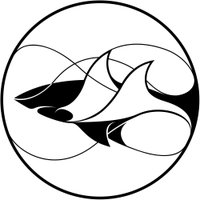
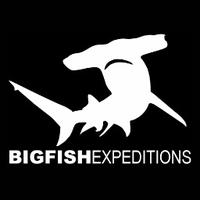

Congrats Brittany Heath on your final Honours presentation!
If you ever wonder if you could leave incisions unsutured when deploying acoustic tag internally, ask Britt!

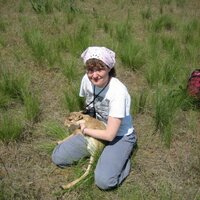
We've been concerned at the lack of focus on #nature and #biodiversity in the UK's political discourse, given how important and urgent an issue it is. So we wrote to all the leaders and environment spokespeople in political parties contesting the election theconversation.com/the-uks-nature…

Nicholas Dulvy Wade VanderWright 🌊🦈 - Ecological lifestyle and gill slit height across sharks - Royal Society Publishing
royalsocietypublishing.org/doi/10.1098/rs…










Hot off the press! Out now in Current Biology 'Maternal investment evolves with larger body size
and higher diversification rate in sharks and rays'
Read here:
authors.elsevier.com/a/1jCxB3QW8S6E…
Massive thanks to my co-authors Matt Pennell Kara Yopak and Nicholas Dulvy













